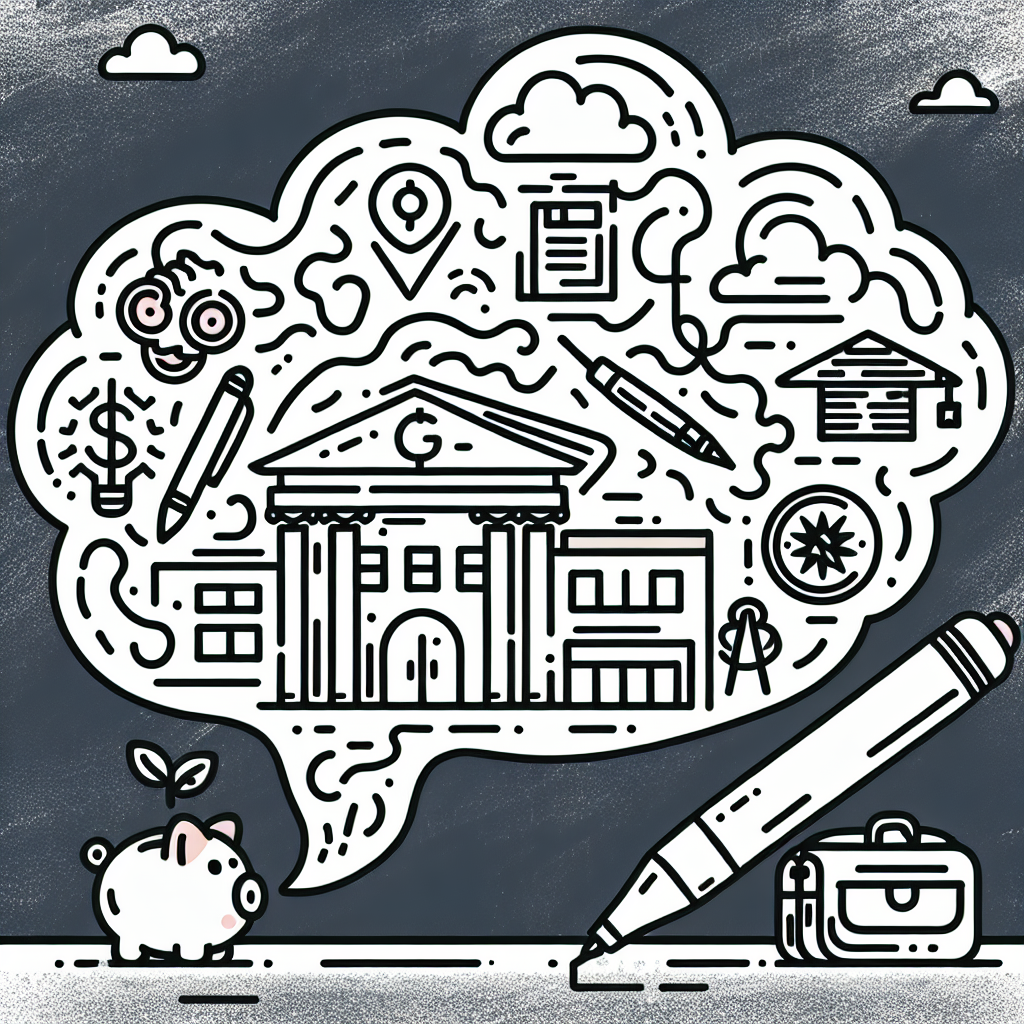Introduction
Education technology (EdTech) has undergone rapid transformation in recent years, reshaping how students access and engage with learning. As digital tools become increasingly integrated into classrooms, they are playing a pivotal role in enhancing educational outcomes and personalizing the learning experience.
The integration of EdTech tools for students supports differentiated instruction, fosters collaboration, and enables real-time feedback. These tools range from learning management systems and interactive apps to AI-driven tutoring platforms. When used effectively, they can help close achievement gaps and support diverse learning styles.
National data reflects a growing embrace of EdTech. According to a 2023 report by the U.S. Department of Education, over 90% of K–12 schools have incorporated some form of technology into their instruction models, and 67% of educators report using EdTech tools daily to support student learning. This trend underscores the importance of equipping students with the digital skills needed for academic and career success in a technology-driven world.
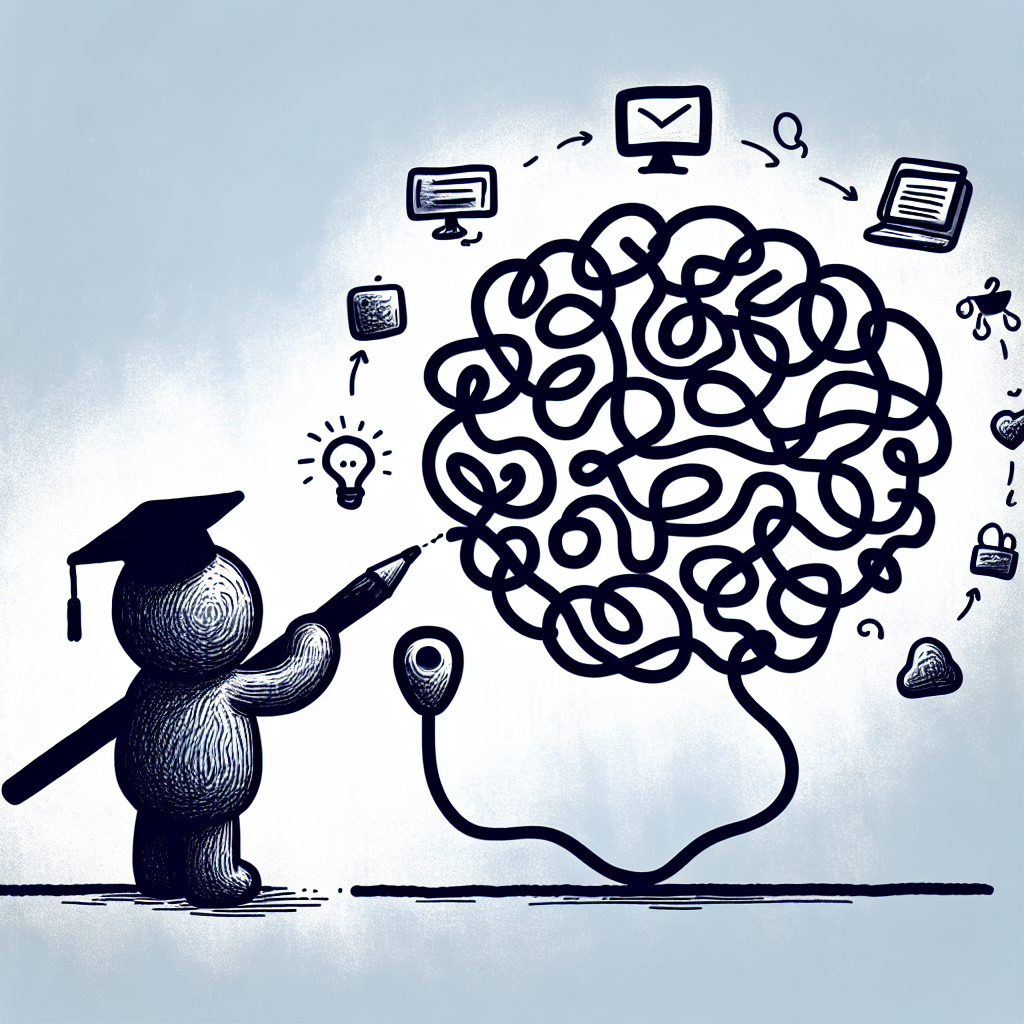
The Current Landscape of EdTech in Schools
Emphasis on Collaboration Technologies
A major focus within the current edtech tools for students is the use of collaboration technologies. According to a 2020 report by the National Center for Education Statistics (NCES), 61% of U.S. middle school principals prioritize instruction in information and communication technologies (ICT) that support student collaboration NCES Blog 2020. This emphasis reflects a growing need for students to develop teamwork and communication skills through digital platforms.
Popular edtech tools for students in this category include Google Workspace for Education, which enables real-time document sharing and feedback. Microsoft Teams offers integrated chat, video conferencing, and shared digital workspaces suitable for classroom collaboration. Padlet serves as a virtual bulletin board, allowing students to post and organize multimedia content for group projects.
Underutilization of Simulation-Based Learning
Despite their benefits, simulation-based learning tools remain underused in schools. Only 10% of middle school principals reported emphasizing simulation tools in their instruction NCES Blog 2020. This is notable given the importance of simulations in enhancing student understanding in STEM and vocational education.
Edtech tools for students such as PhET Interactive Simulations provide interactive models for physics and chemistry concepts. Labster delivers virtual science labs that mimic real-world lab environments, and Gizmos offers math and science simulations aligned with curriculum standards. These tools can significantly improve student engagement and comprehension but are not yet widely implemented.
Availability and Usage in Public Schools
A 2008 NCES survey outlined the technology infrastructure available in U.S. public schools NCES Survey 2008. Most schools reported having internet access in classrooms, along with access to instructional software. The survey also highlighted an increasing trend toward initiatives like 1:1 device programs, where each student is allocated a personal device, and BYOD (Bring Your Own Device) policies.
These infrastructural improvements have laid the groundwork for broader integration of edtech tools for students. However, the degree of usage still varies by district, funding availability, and educator training.

Categories of EdTech Tools and Their Impact
A. Learning Management Systems (LMS)
Learning Management Systems (LMS) are foundational edtech tools for students, streamlining how they access and manage coursework. Platforms like Google Classroom, Canvas, and Schoology enable assignment tracking, grading, and communication between students and instructors. These tools centralize educational resources and simplify classroom management, making it easier for students to stay organized and engaged in their learning.
B. Gamified Learning Tools
Gamified learning tools use game mechanics to enhance student engagement and motivation. Tools such as Kahoot!, Quizizz, and Prodigy Math introduce elements like points, leaderboards, and interactive challenges to make learning more appealing. These edtech tools for students encourage active participation and often improve retention through repetition and immediate feedback.
C. Interactive Content & Multimedia Tools
Interactive content and multimedia tools support diverse learning styles by incorporating visual and auditory elements. Edpuzzle allows teachers to insert questions into videos, Nearpod offers interactive lessons with real-time feedback, and Flip (formerly Flipgrid) promotes student voice through video discussions. These tools help students engage with material in dynamic ways, making abstract concepts more accessible.
D. Simulation and Virtual Labs
Simulation and virtual lab tools are vital edtech tools for students in science, engineering, and healthcare fields. Platforms like Labster, PhET, and ExploreLearning Gizmos provide realistic, interactive environments where students can conduct experiments and explore complex systems safely and cost-effectively. These tools enhance conceptual understanding and allow for practice in scenarios that may be difficult to replicate in physical classrooms.
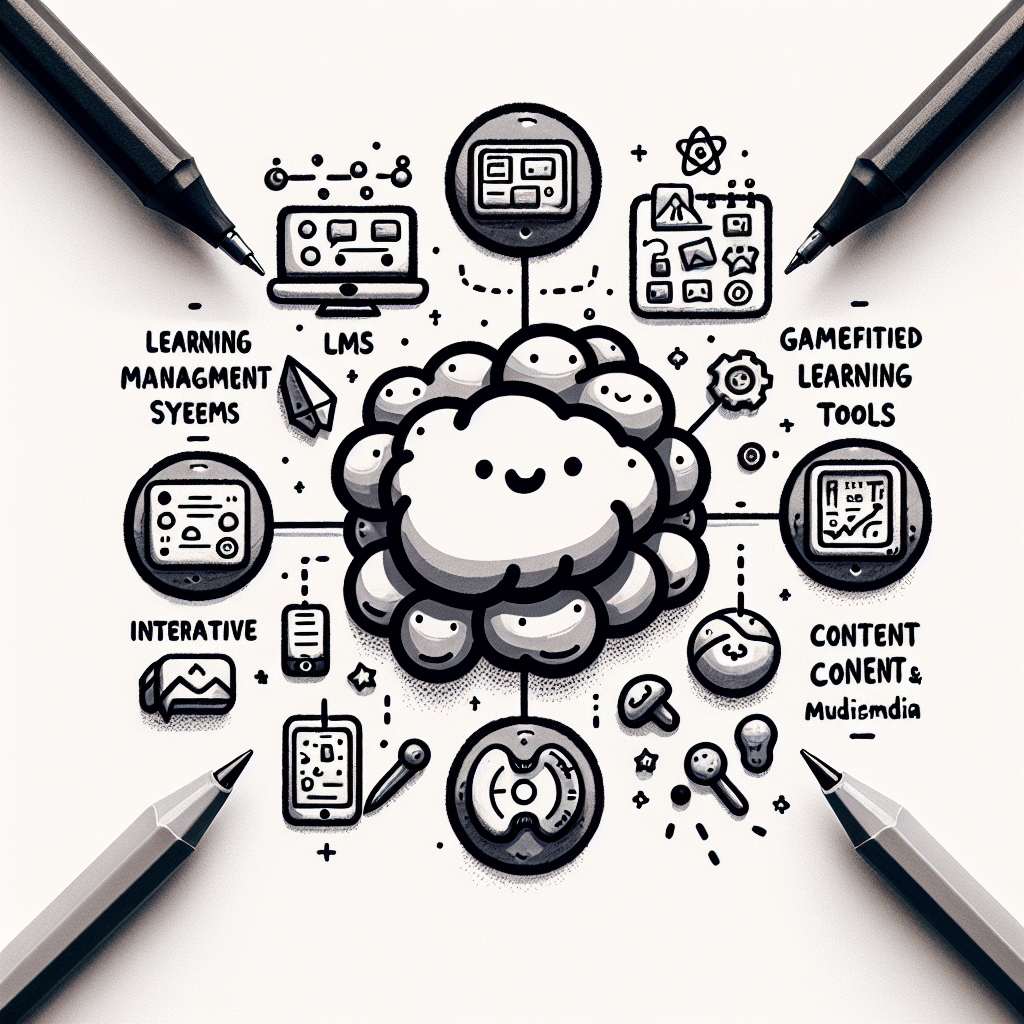
EdTech for Equity and Inclusion
Supporting Students with Special Needs
Edtech tools for students can play a significant role in promoting equity by supporting learners with special needs. In a 2020 webinar hosted by the National Center for Education Statistics, experts explored how educational technology can meet the unique requirements of students in special education programs (EdTech for Special Education).
Several tools have been developed with accessibility in mind. Bookshare provides accessible eBooks for students with reading barriers, allowing them to customize their reading experience. Co:Writer offers word prediction and speech recognition to support students with writing challenges. Learning Ally delivers human-read audiobooks that help learners with print disabilities.
In addition to tools for students, professional development platforms are helping educators better serve diverse learners. Micro-credentialing programs allow teachers to gain specialized skills in using edtech tools for students with disabilities, ensuring inclusive learning environments.
Addressing the Digital Divide
The digital divide remains a significant barrier to equity in education. According to the National Forum on Education Statistics, disparities in internet access and device availability continue to hinder many students' ability to fully participate in digital learning environments (Digital Equity Initiative).
Edtech tools for students are only effective if learners can access them. National data shows that students in low-income and rural areas are less likely to have reliable internet connections or personal devices. Addressing this issue involves improving infrastructure, such as expanding broadband access, and forging partnerships with local organizations to provide technology resources.
Community-based strategies, such as device loan programs and mobile hotspot distribution, have emerged as practical approaches to reduce gaps in access. By combining technology solutions with targeted support, schools can ensure that all students benefit from edtech tools for students, regardless of their background.
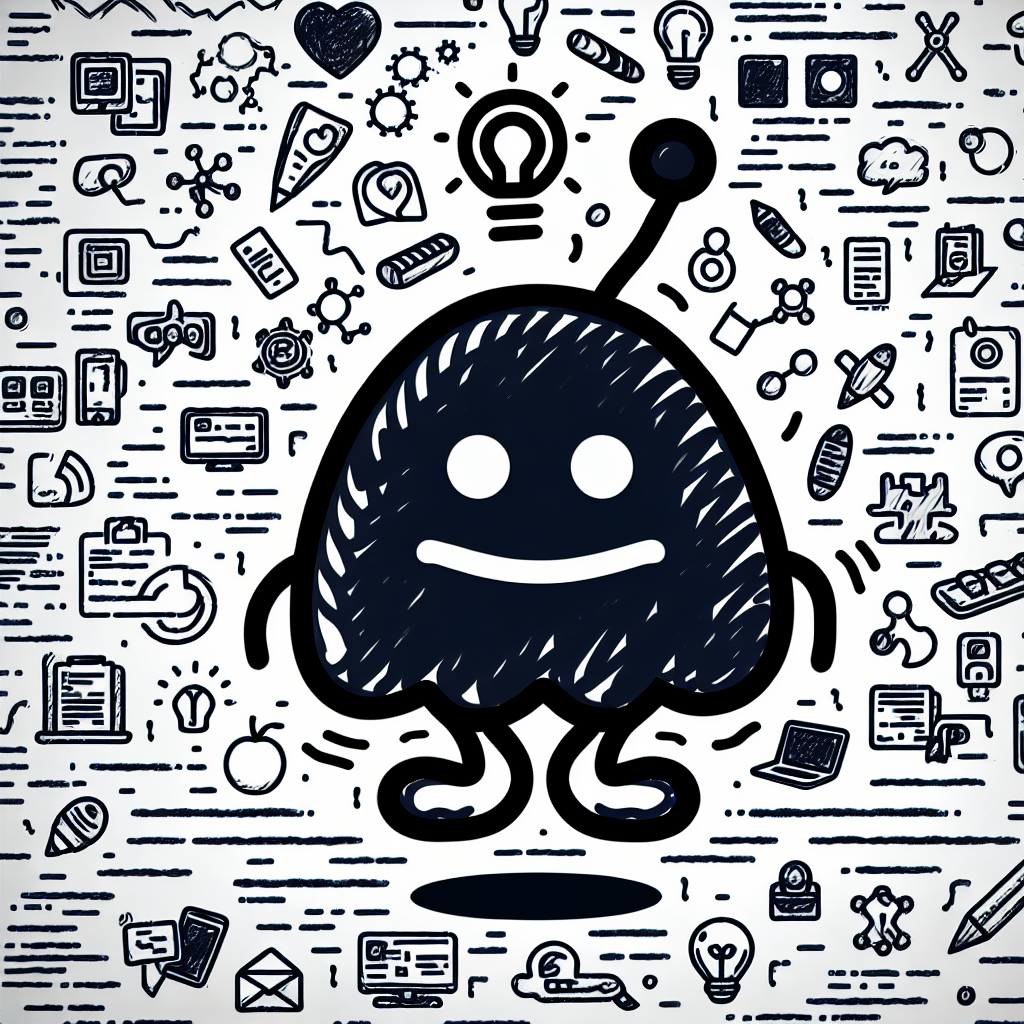
Building Data Literacy Through EdTech
Why Data Literacy Matters
Data literacy is increasingly essential in today's digital learning environments. For students, it means being able to interpret, analyze, and use data to support academic decisions and problem-solving. For educators, data literacy provides insights into student performance and learning trends, allowing for more targeted and effective teaching strategies.
Edtech tools for students play a critical role in promoting data literacy. These tools enable real-time access to student performance metrics, interactive dashboards, and visualization features that help both teachers and learners understand and engage with data. By embedding these capabilities into daily instruction, edtech fosters a culture of data-informed decision-making in the classroom.
NCES Resources on Data Literacy
The National Center for Education Statistics (NCES) offers a wide range of resources designed to support data literacy for educators and policymakers. These resources include guides on how to interpret education data, case studies, and best practices for integrating data use into curriculum planning. You can explore these tools on the NCES Data Literacy Resources page.
By using NCES materials in conjunction with edtech tools for students, schools can more effectively incorporate data interpretation into lesson plans and school-wide initiatives. This combination supports a more analytical approach to education and ensures that data literacy becomes a foundational skill in the learning process.
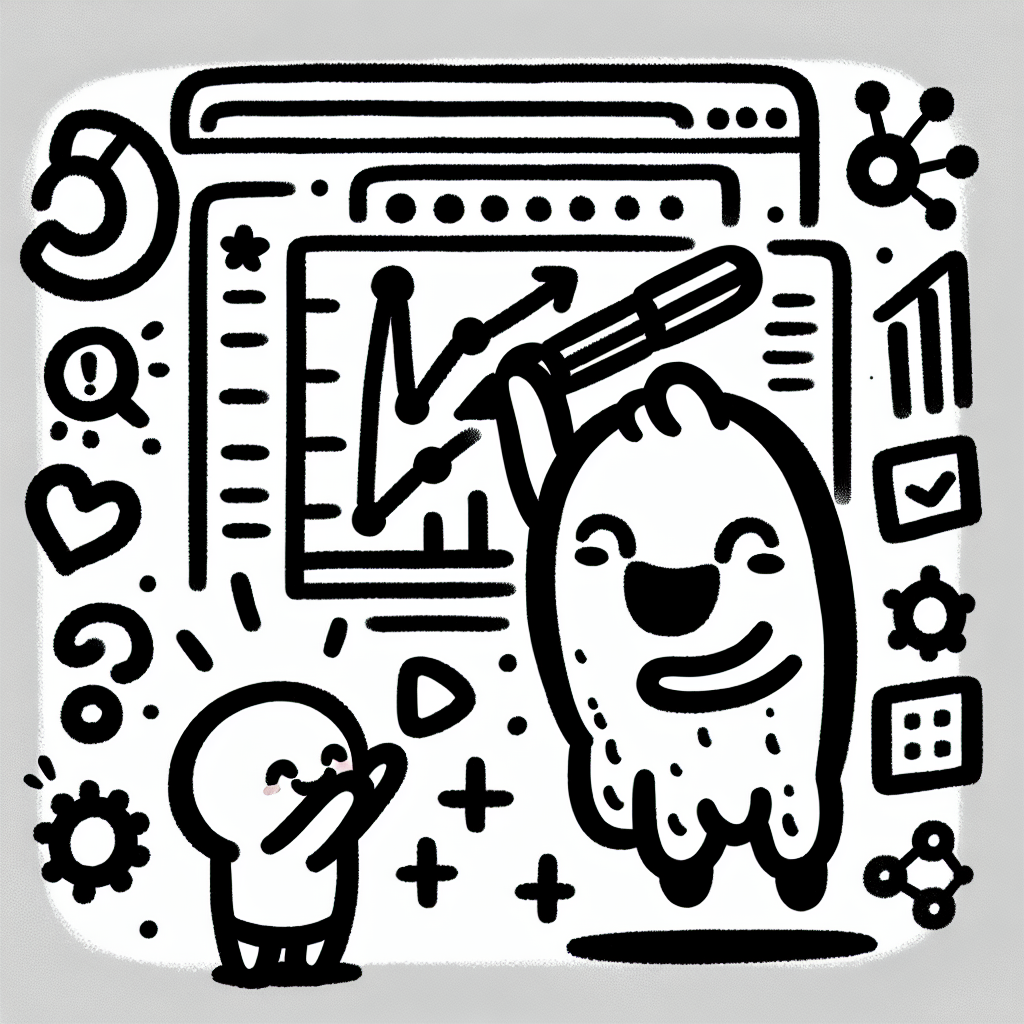
Challenges and Considerations in EdTech Implementation
Professional Development and Teacher Readiness
A major challenge in leveraging edtech tools for students lies in ensuring that educators are adequately trained. Simply introducing new technologies into classrooms is not effective without comprehensive professional development. Teachers must understand how to integrate these tools into their pedagogy to enhance student learning outcomes.
Ongoing support is key. Micro-credentialing programs offer a scalable way for educators to continue learning about emerging technologies. These programs allow teachers to earn digital badges as they master specific skills, promoting lifelong learning and adaptability in the evolving edtech landscape.
Privacy and Security Concerns
The use of edtech tools for students raises significant concerns around data privacy and security. Compliance with regulations such as the Family Educational Rights and Privacy Act (FERPA), the Children’s Online Privacy Protection Act (COPPA), and the General Data Protection Regulation (GDPR) is essential.
When selecting edtech solutions, schools should evaluate each tool's data collection practices, storage protocols, and user consent mechanisms. Choosing platforms that prioritize transparency and ethical data use helps build trust among educators, students, and parents.
Cost and Accessibility
Edtech tools for students range from open educational resources (OER) that are freely available to costly subscription-based platforms. While OER can provide equitable access to learning materials, some paid tools offer advanced features that may be beneficial in certain educational contexts.
To address budget constraints, schools can explore grants and funding opportunities. Federal, state, and private organizations often offer financial support for technology integration, which can help schools adopt high-quality edtech tools without overextending their resources.

Future Directions and Innovations
AI and Adaptive Learning
Artificial intelligence is reshaping the landscape of edtech tools for students by enabling personalized learning paths and delivering real-time feedback. These tools analyze individual student performance and adjust content accordingly, promoting mastery at a personalized pace. Platforms like DreamBox, Squirrel AI, and Knewton are at the forefront of this innovation. DreamBox uses intelligent adaptive learning to tailor math lessons, while Squirrel AI employs AI to identify knowledge gaps and provide targeted instruction. Knewton offers data-driven insights to optimize learning outcomes, making adaptive learning more responsive and efficient.
Augmented and Virtual Reality (AR/VR)
AR and VR technologies are creating immersive learning environments that enhance student engagement and comprehension. These edtech tools for students enable experiential learning by simulating real-world scenarios and abstract concepts in a visually rich format. Google Expeditions allows students to take virtual field trips to historical landmarks and outer space. ClassVR provides a platform for interactive lessons using VR headsets, and Merge EDU combines AR with hands-on learning using 3D objects. These tools help make complex subjects more accessible and engaging.
Blockchain for Credentialing
Blockchain technology offers a secure and transparent way to manage student records and issue digital diplomas. This innovation in edtech tools for students ensures the integrity of credentials and simplifies the verification process for institutions and employers. Several pilot programs are testing blockchain-based credentialing systems to explore their scalability and reliability. As this technology matures, it could become a standard for academic certification, reducing fraud and enhancing student mobility across educational platforms.
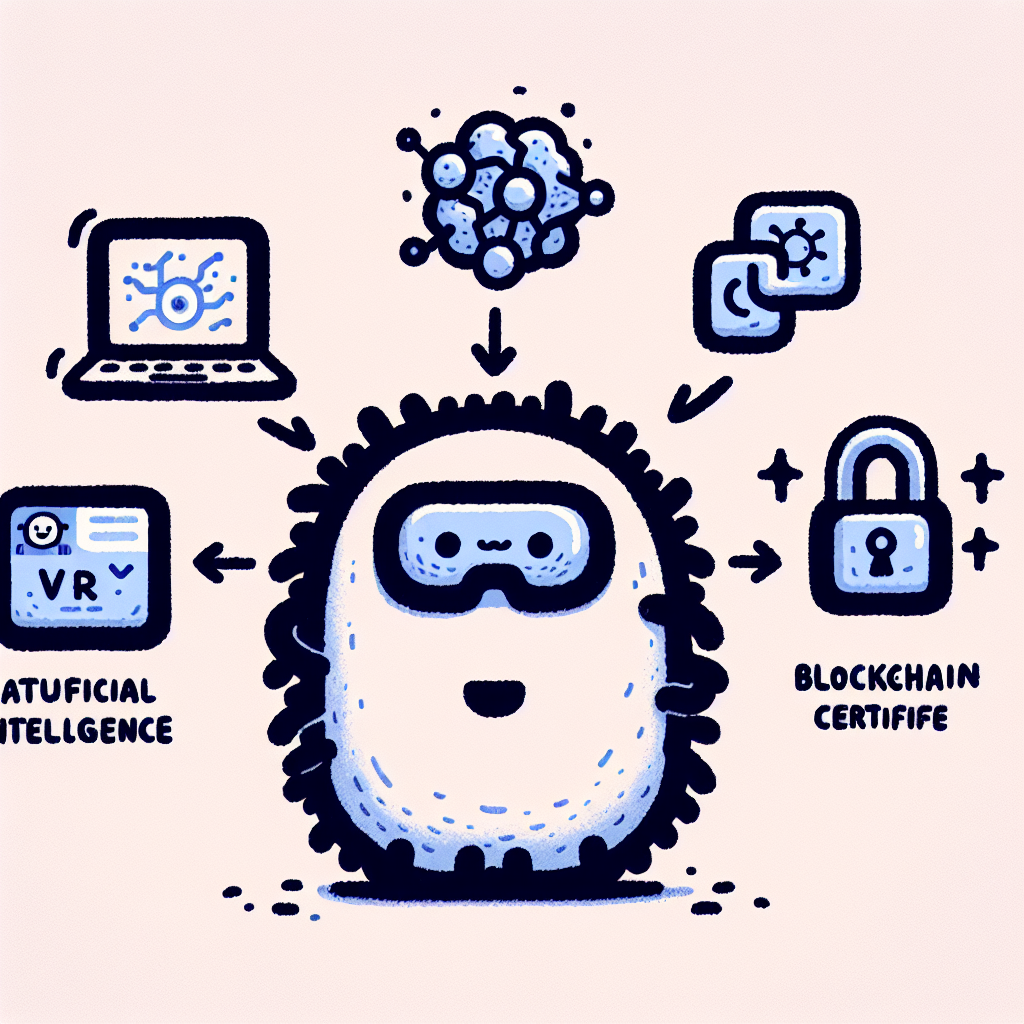
Conclusion
The growing role of EdTech tools for students reflects a significant shift in how education is delivered and experienced. These tools are not just supplementary; they are becoming central to personalized learning, especially for diverse learners with varying needs and abilities.
To maximize their impact, it's essential to maintain a balanced integration of different types of tools. Collaboration platforms foster peer interaction and communication, while simulation tools enhance experiential learning. Accessibility-focused technologies ensure that students with disabilities or language barriers are not left behind.
Ultimately, EdTech tools for students empower both educators and learners by enabling more informed, flexible, and inclusive teaching practices. When implemented thoughtfully, they support a more equitable and engaging educational environment.
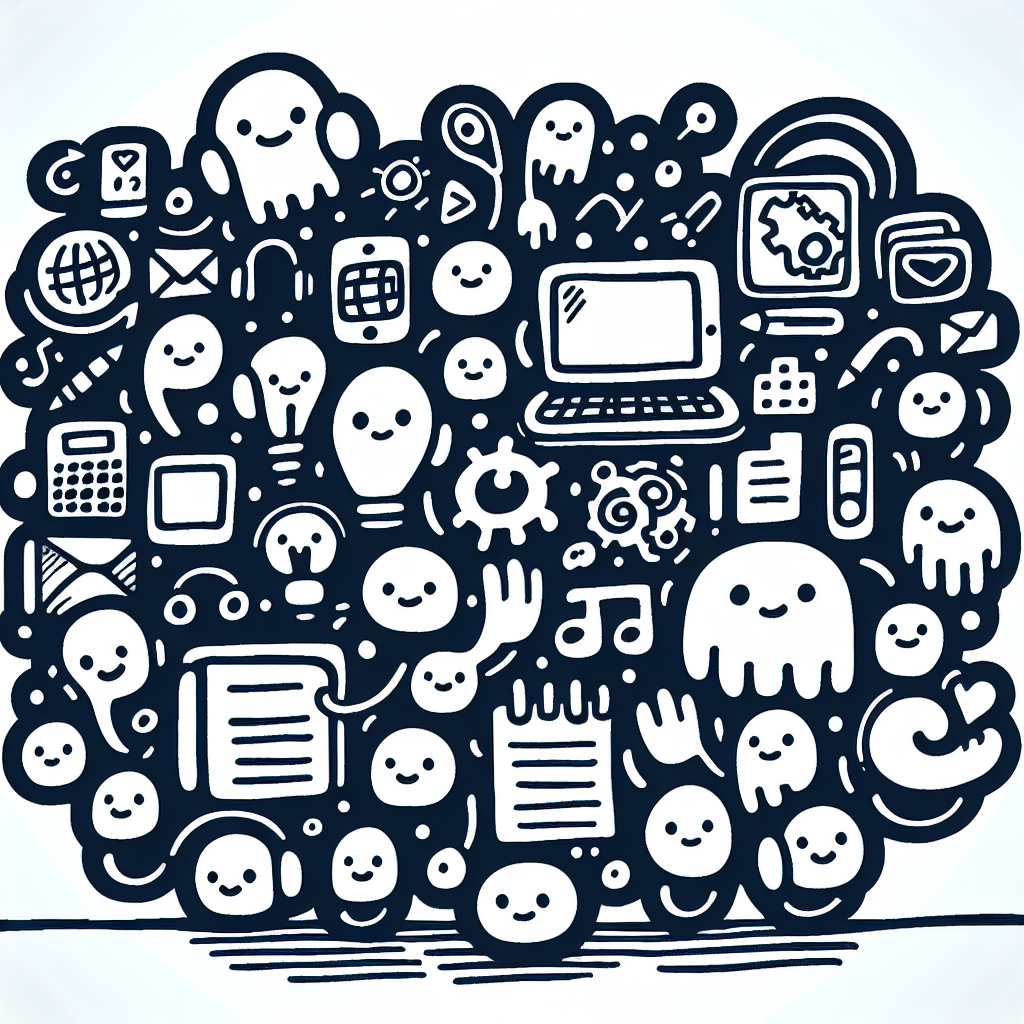
References
- Technology Instruction Emphasis in Schools – NCES Blog
- EdTech Resources for Special Education – NCES Webinar
- Digital Equity in Education – NCES Forum
- Use of Educational Technology in Public Schools – NCES Digest
- Data Literacy in Education – NCES Publications







